Manila serves up sweet nostalgia with first Hopia Day in Binondo
Binondo, the world’s oldest Chinatown founded in 1594, has always been a crossroads of culture and cuisine. Its narrow streets tell stories of trade, migration, and the quiet persistence of tradition. Here, flavors that once traveled across the South China Sea found a new home in the Filipino palate.
Among them is the hopia — a flaky, golden pastry introduced by Fujianese migrants; its name comes from the Hokkien words ho-pia, meaning “good pastry.” Once a modest Chinese delicacy filled with mung bean paste, it has since become a staple on Filipino tables, enjoyed from merienda to festive gatherings.
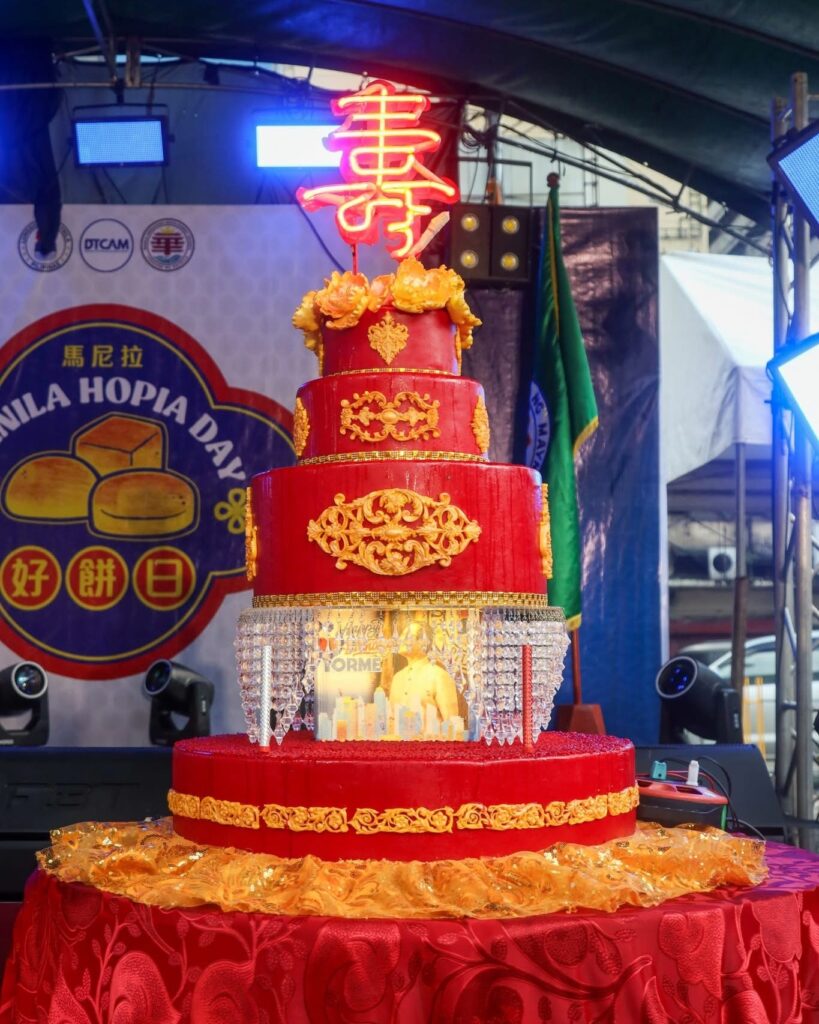
Now, the pastry has earned a celebration of its own. The Department of Tourism, Culture and Arts of Manila (DTCAM) launched the first-ever Manila Hopia Day on October 24 at Plaza San Lorenzo Ruiz in Binondo, giving the beloved treat its long-overdue spotlight. Declared under City Ordinance No. 9141, the annual event was created to honor the hopia’s enduring place in Manila’s culinary scene and the Filipino-Chinese community that helped shape it.
Manila Mayor Francisco “Isko Moreno” Domagoso led the launch alongside DTCAM director Cristal Bagatsing, city councilors, and Filipino-Chinese community leaders. For Domagoso, the event was as much about cultural remembrance as it was about local pride.
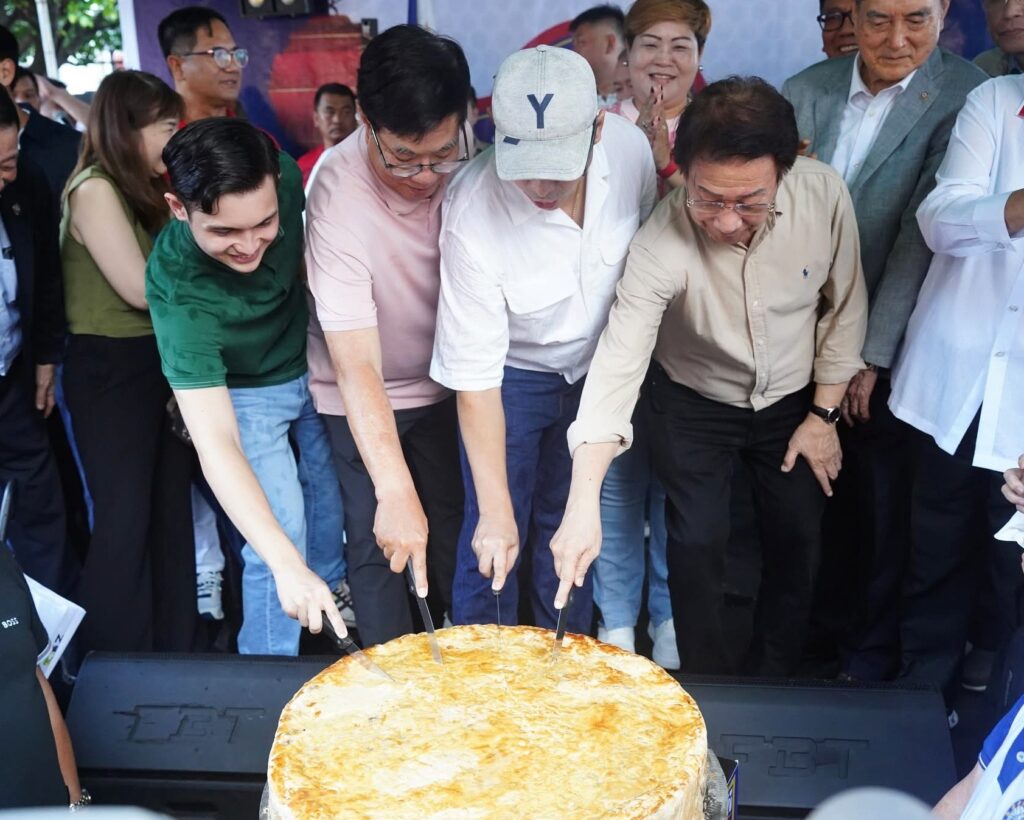
“The purpose of your city government having October 24 as Hopia Day in the City of Manila is to look back, lingunin ang ating kasaysayan sa Lungsod ng Maynila. Hopia Day gives hope for the next generations that Manila will continue to be the beacon of hope for every Filipino,” he said.
From morning until evening, Plaza San Lorenzo Ruiz transformed into a lively fairground of flavors, colors, and performances. Manila’s most renowned hopia makers — Ho-Land Hopia, Eng Bee Tin Chinese Deli, Bakers’ Fair, Polland Hopia, Liberty Food Mart, and Kim Chong Tin Hopia Factory — joined forces for the city’s sweetest showcase. Visitors sampled a range of hopia varieties, from traditional munggo and ube to creative innovations like cheese, pandan, and custard.
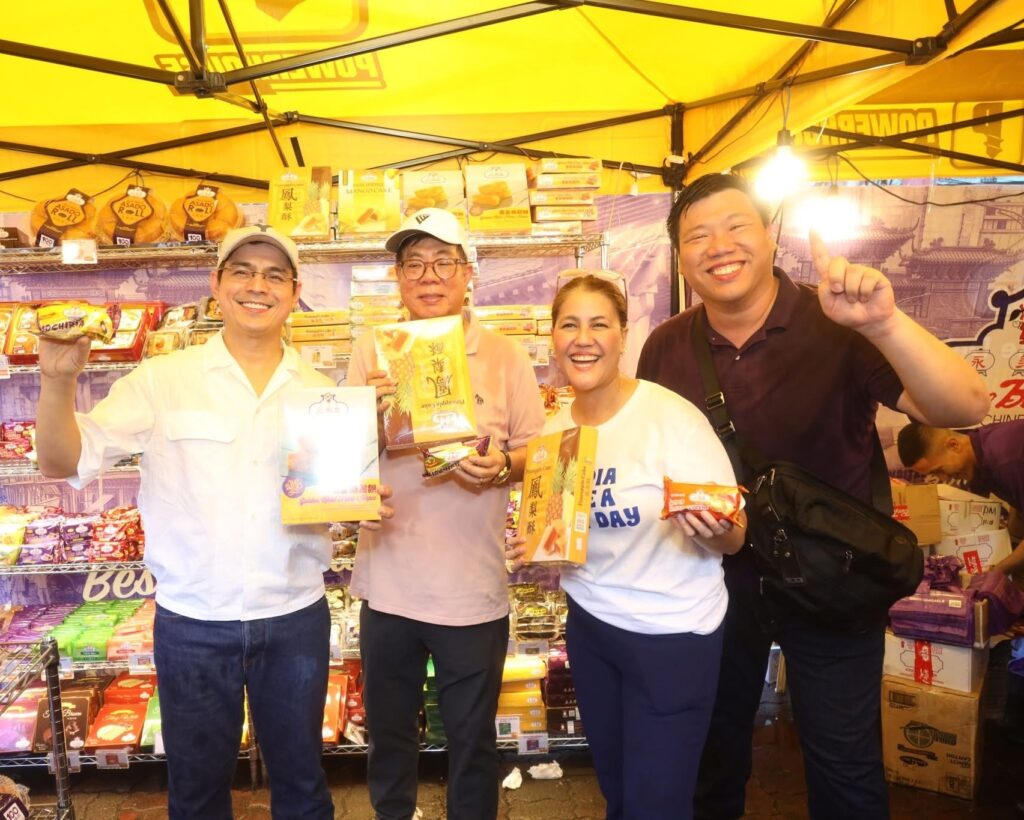
Each bakery told a story of family craftsmanship and resilience — small, homegrown shops that started in Binondo’s crowded alleys and grew into enduring brands. Beyond the flavors, Manila Hopia Day celebrated the community spirit that kept these local businesses thriving through generations of change.
While Manila’s event focused on the city’s heritage and its role in preserving the hopia tradition, organizers clarified that it is distinct from the National Hopia Day, a separate celebration held every July. The city’s version, they explained, pays tribute specifically to Manila’s Filipino-Chinese community and its culinary legacy.
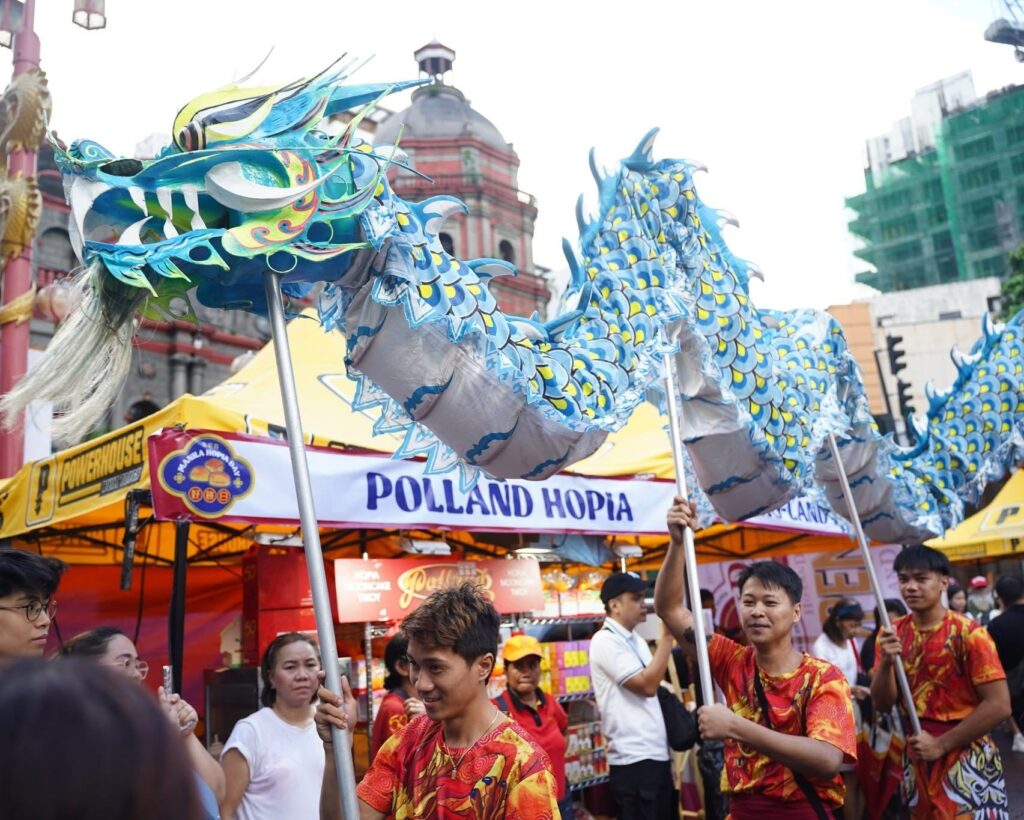
Binondo provided the perfect backdrop for the occasion. Lanterns lit the square as music played, children posed with hopia-themed mascots, and the smell of freshly baked pastry drifted through the crowd. The celebration embodied what hopia has long stood for — warmth, connection, and the blending of two cultures that continue to shape Manila’s identity.
As the night drew to a close, the plaza slowly emptied, but the sense of nostalgia lingered in the air. For the people of Manila, the first Hopia Day was more than a festival — it was a toast to history and a promise that the city’s sweetest traditions will endure, one flaky bite at a time.


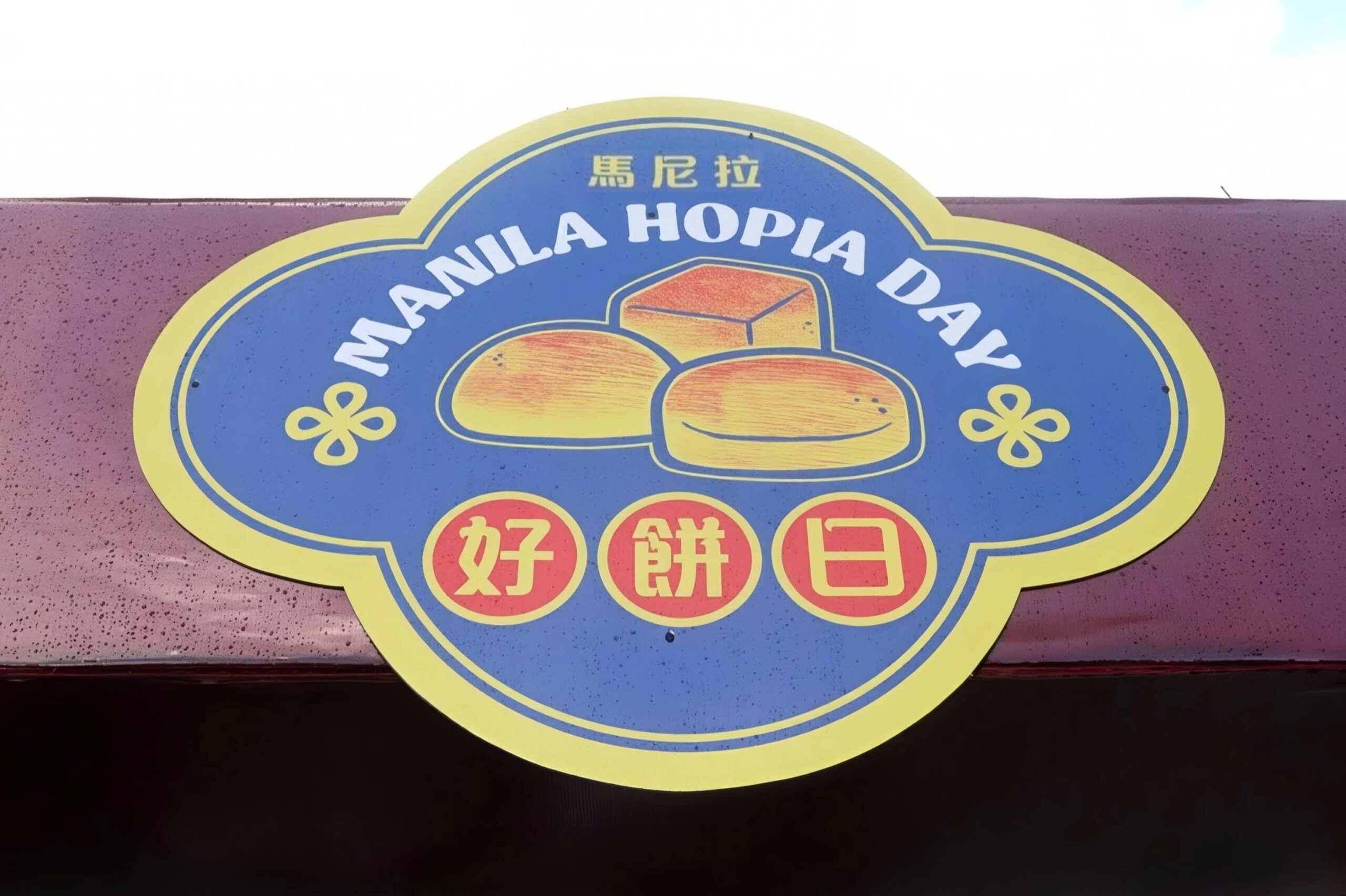
0 Comment